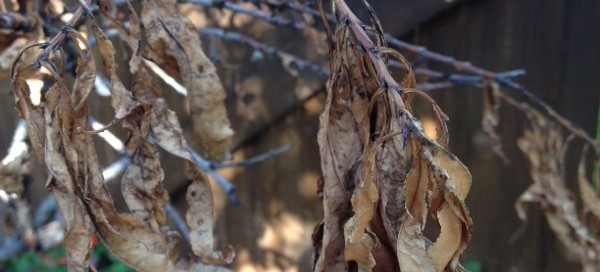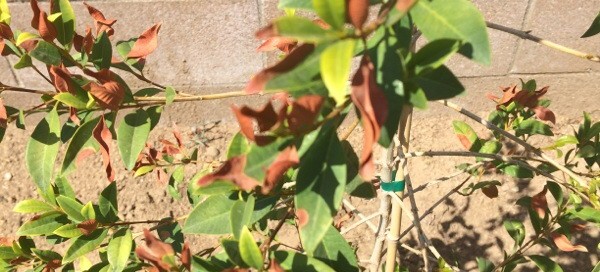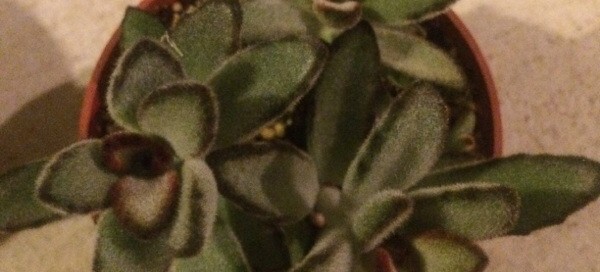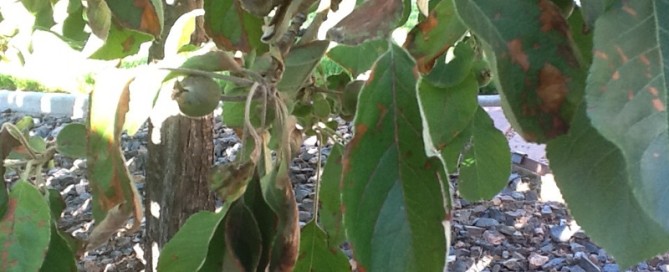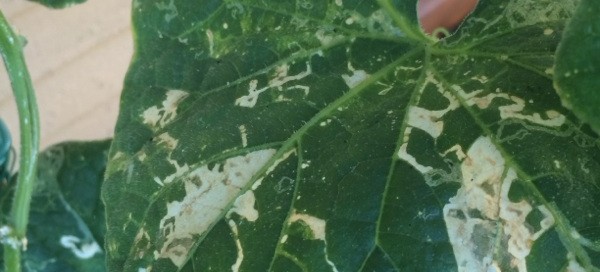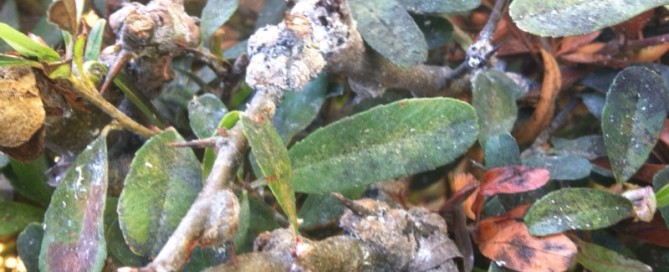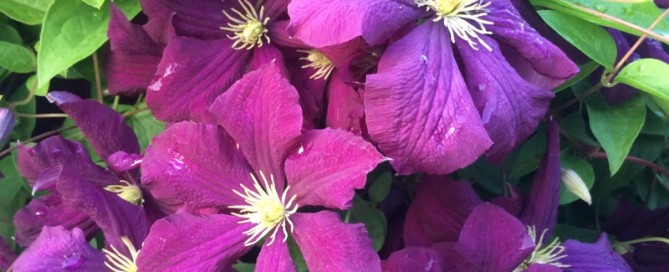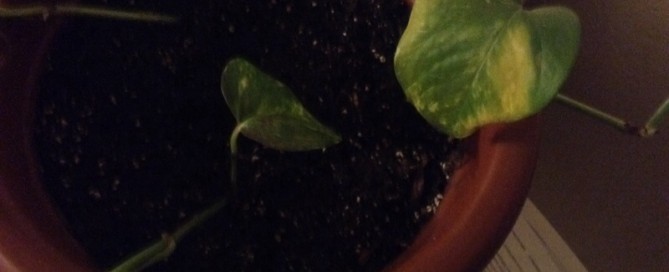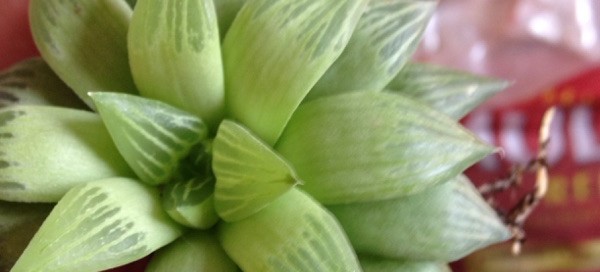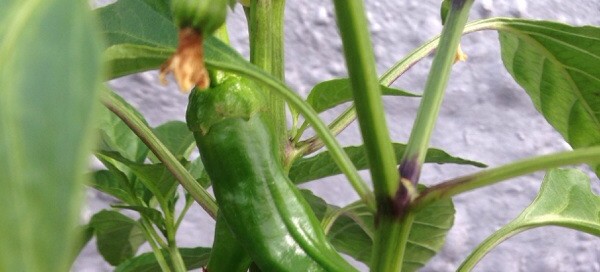Peach Tree
We do not think this is fire blight due to the fact peaches aren't susceptible to it. Too much water can cause root rot, which will stop the roots ability to draw water up into the tree and will eventually kill it. We're sorry to say it appears to be dead, but we recommend you do a scratch test to be sure before you pull it up,
Start out at the branch tips and move inward towards the trunk. Scratch the bark gently with a fingernail to see if there is any life under the surface. Your looking for a thin, green, juicy layer, if you only see brown dryness, work you way towards the trunk searching for any sign of life. If you find some remove the dead portions, if you don't find any it's probably too late and you may want to pull it out.
